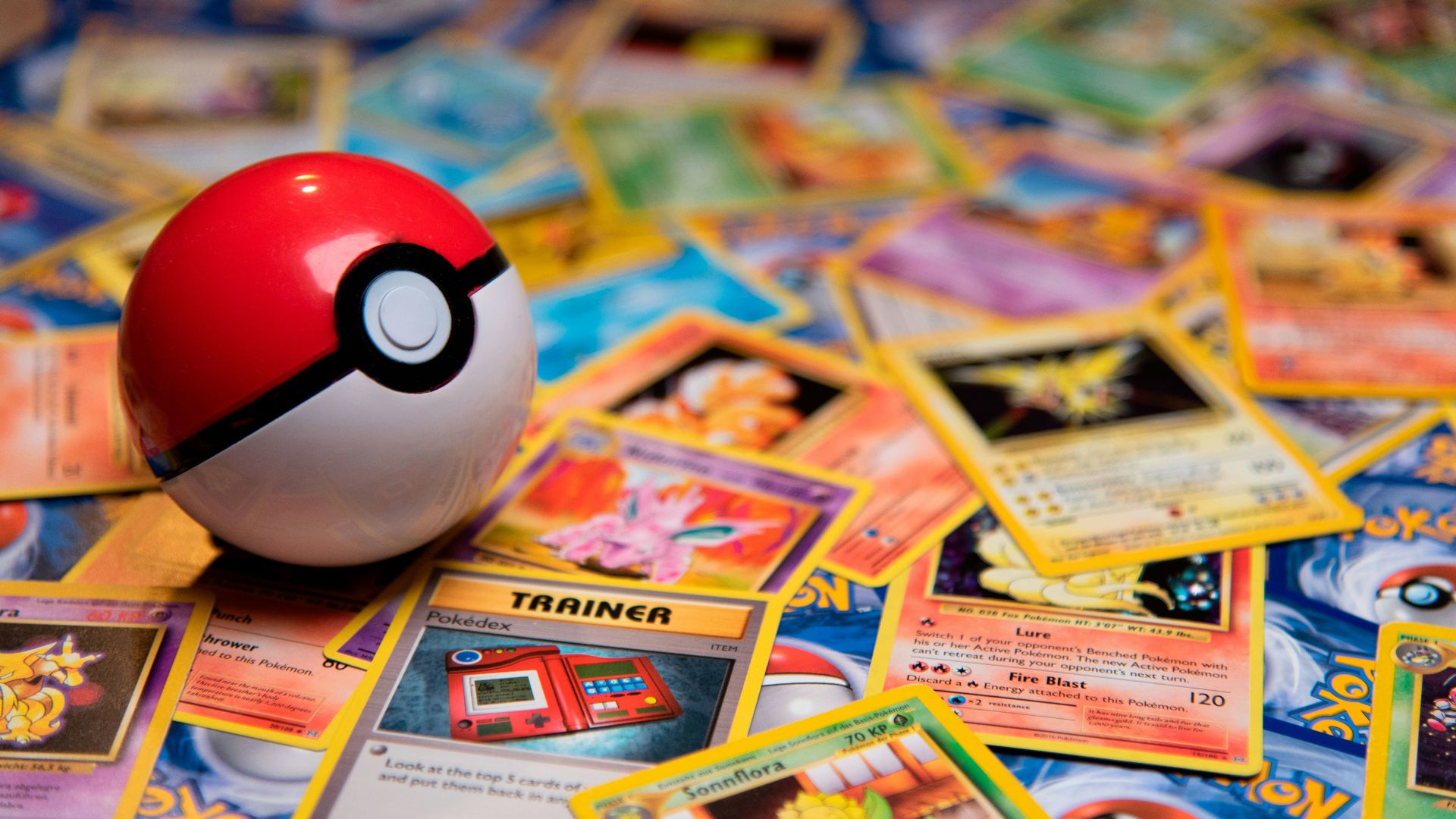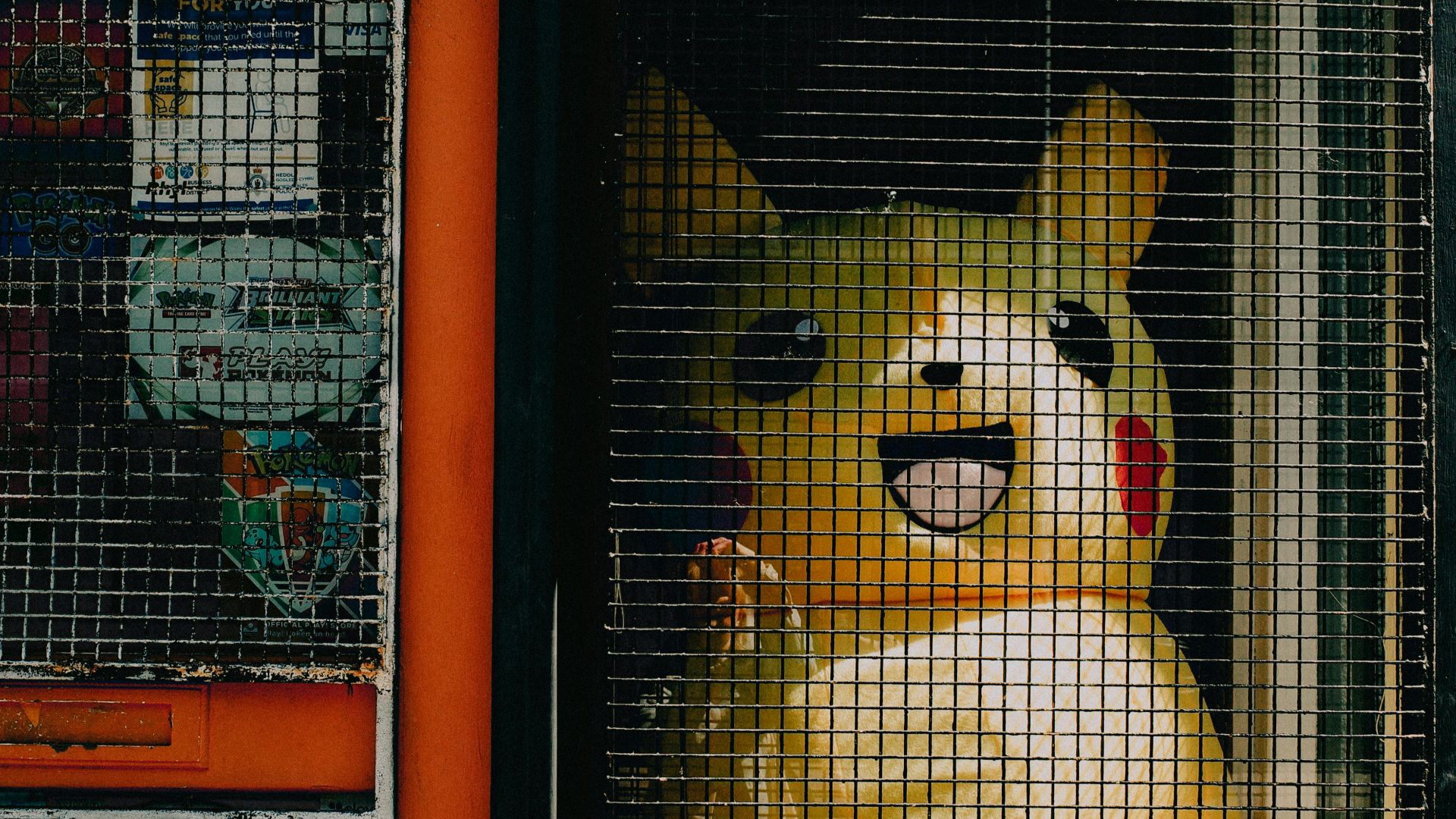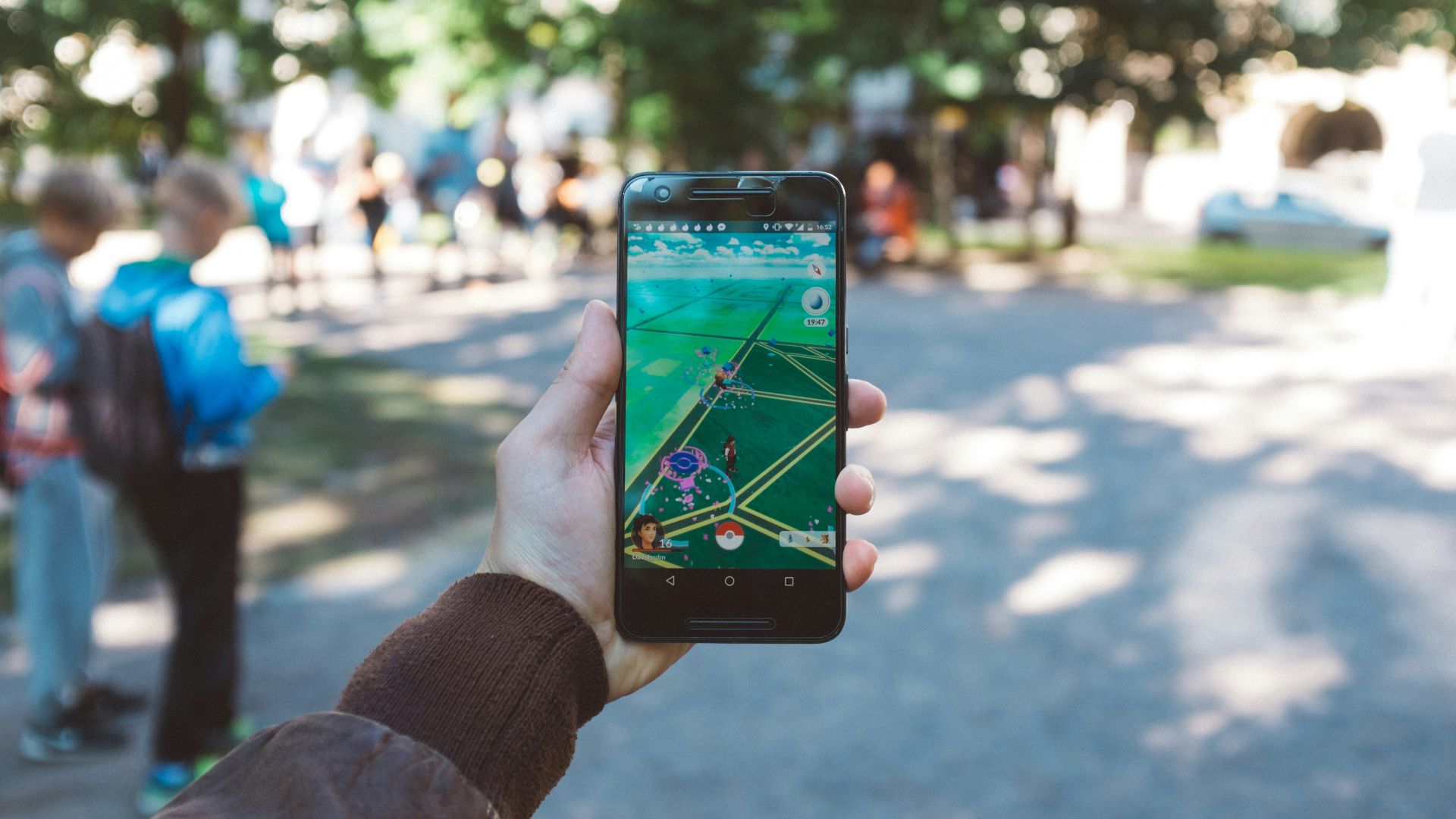Somehow, a game about imaginary creatures stuffed into tiny red-and-white balls grew into a universe so vast it’s outlasted nearly everything that came after it. Pokémon began quietly in 1996, with Game Boy cartridges and pixelated charm, but it rapidly became a shared childhood passion for entire generations. Rather than fade, the appeal just evolved, much like the creatures themselves. Even now, it’s not just nostalgia driving the fandom. Pokémon is a cultural machine that somehow makes catching virtual animals feel like belonging to something larger.
The Creator Who Never Stopped Collecting
Pokémon’s origins are disarmingly humble. Its creator, Satoshi Tajiri, grew up catching bugs in suburban Tokyo, obsessed with cataloging every species he could find. That fascination turned into an idea—what if players could collect creatures, trade them, and fill a virtual encyclopedia of sorts? When Game Freak and Nintendo released Pokémon Red and Green in Japan, no one expected it to explode like it did. The concept tapped into something universal: the collector’s thrill and satisfaction of finding something rare.
The Genius of Dual Versions and Trading
Pokémon did something sly that no game had really done before. It split itself in two. Each version had exclusive creatures, forcing players to trade with one another if they wanted to truly catch them all. That meant socializing wasn’t optional; it was foundational to the game. You had to talk to friends, link your Game Boys with a chunky gray cable, and swap. It turned solitary play into a community ritual that no one wanted to be left out of. The idea was simple yet brilliant—and it worked better than they could ever have hoped for, with the first-generation games selling over 31 million copies.
The Merch Machine That Never Stopped
Pokémon is a marketing juggernaut with plushies, trading cards, backpacks, ramen bowls, and cereal boxes. Pikachu’s face has been plastered on everything from trains to toothbrushes. The trading card game alone has sold over 52 billion cards to date, according to The Pokémon Company, outpacing even baseball cards. And the thing is, it doesn’t feel like marketing overload. Somehow, it’s still fresh, still collectible.
Reinvention Without Reinvention
What’s wild is how little the formula’s changed over the years. Each new generation tweaks the world somehow, adds new creatures and updates the graphics. The core slogan—“Catch, train, battle”—feels perennial. Pokémon Go in 2016 brought the fantasy into the streets, making millions wander parks with phones out, chasing digital creatures as if they were living, breathing specimens. It became a social experiment disguised as a mobile game. For a while, even your grandma knew what a PokéStop was.
A Shared Language of Fandom
There’s something beautifully cohesive in how Pokémon slips across borders and generations with ease. A seven-year-old in 2025 and a thirty-seven-year-old from 1998 can talk about Bulbasaur like they grew up together and traded in the same primary school playground. That kind of generational fandom is rare and worth celebrating. Very few franchises survive that long without splintering or aging out of relevance.
Even now, somewhere, someone’s still whispering to their screen: “Just one more catch.”










